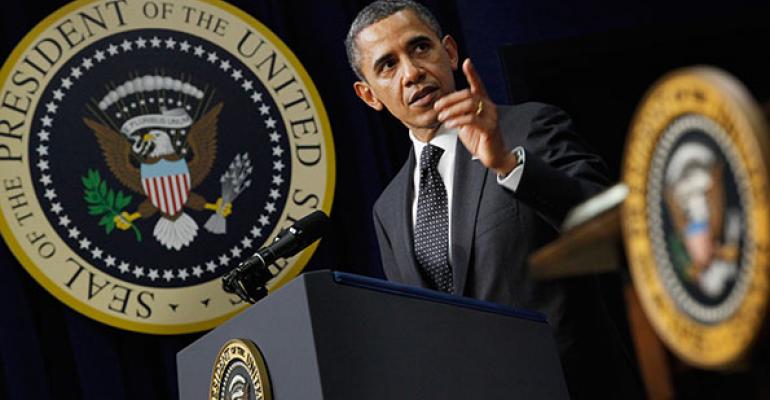The college admission process is undergoing dramatic changes.
What influential higher-ed insiders are calling “revolutionary,” it involves a significant shift in the financial aid calendar and the use of older household tax returns that, among other things, should make the process easier and more favorable to your clients.
Before getting into the upcoming changes, let’s first look at the flaws of the current admission cycle. The major problem has been that the college admission season does not line up with the tax season.
Colleges routinely tell parents and teenagers that plenty of financial aid and merit scholarships exist for good students. On those vague assurances, students apply to schools – sometimes as early as the summer before their senior year in high school – and then sit back and wait.
When students receive their admittance letters, they often have to wait many weeks, or even months, to find out about their financial aid. As they wait, the date when they must make their decision – often May 1 – is looming. Sometimes students have no more than a month to make a final decision. Your clients’ decisions can be based more on emotions than on sound financial reasoning.
Because families typically don’t find out about their financial awards until the tail end of the process, they may discover that all the schools a child is accepted to won’t work financially. And by the spring of a student’s senior year in high school, it can be too late to start over and apply to a different batch of schools.
A major reason why financial aid award letters come at the end of the admission process is because of the heavy reliance on parent and student income tax returns. Many students begin applying to schools months before their parents have all the documents necessary to file their taxes. As a practical matter, the Free Application for Federal Student Aid (FAFSA), which is the aid document that millions of families complete each year, isn’t even available until January 1 of a student’s senior year in high school.
This misalignment of the admission and tax seasons is highly inefficient because families often have to file the FAFSA using estimated taxes which means the financial aid awards they get are contingent on schools receiving information on the completed tax return. Sometimes this results in awards being lowered after a student has committed to a school.
So what President Obama did by signing an executive order in September to make two seemingly simple changes to the FAFSA process can potentially reap huge benefits to your families.
'Prior-Prior Year' Tax Returns
First, the order will require that families use “prior-prior year” tax returns when completing the FAFSA. Beginning with the 2017-2018 school year, students will use two-year-old tax returns. Parents of students, who will attend school in the fall of 2017, will rely on their 2015 tax return instead of their 2016 filing. Students attending school in the fall of 2018 will need their 2016 tax returns.
Relying on older tax returns will eliminate the rush for parents to get taxes done quickly and to estimate taxes to meet aid deadlines. The system should also greatly reduce errors on the FAFSA because more parents will be able to use the federal data retrieval tool that will allow the Internal Revenue Service, with the parents’ permission, to insert the family’s tax figures directly onto the FAFSA.
The transition period will create some winners and losers because the 2015 tax return will be used for two years in a row. Parents filing the FAFSA for the 2016 school year will use the 2015 tax return and they’ll use the same tax return for the next school year as the program kicks in.
The transition will be bad news for parents who had an unusually good financial year in 2015. A parent might have gotten a big bonus or a hefty compensation package when leaving a job. Parents whose 2015 taxes don’t accurately reflect their financial situation can ask for a professional judgment from the school.
The other big development is the date when families can file the FAFSA is being moved from Jan. 1 back to Oct. 1. With this earlier date, families will potentially be able to get their award packages much earlier in the admission process and have more time to make smart decisions.
One potential outcome of the earlier deadline is that students may not have to apply to as many schools because they would know the aid packages much earlier.
Most schools only use the FAFSA, but there are roughly 260 schools, most private, that also require families to submit a second aid form called the CSS/Financial Aid PROFILE. The College Board, which created the PROFILE, hasn’t said whether it will change its admission cycle to line up with the FAFSA, but signs are that it will do so.






